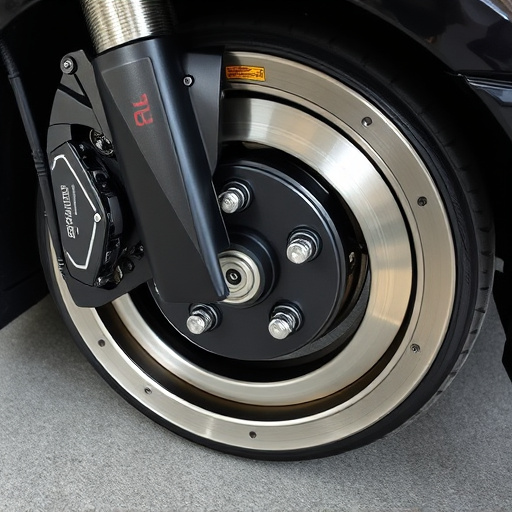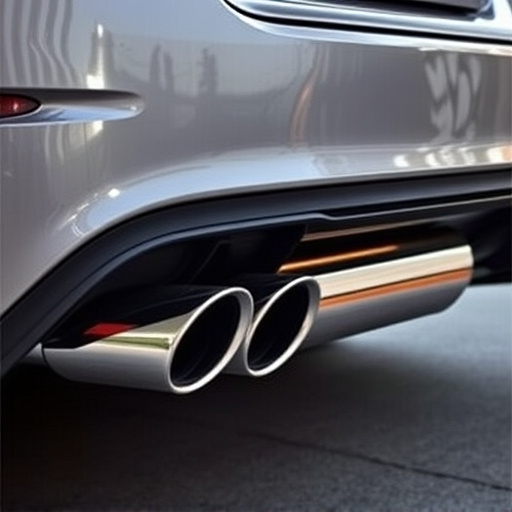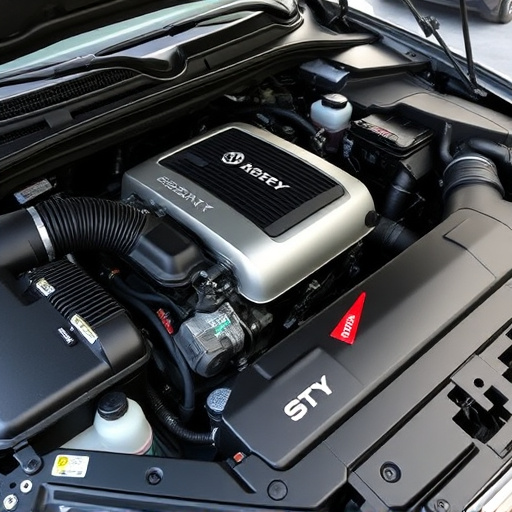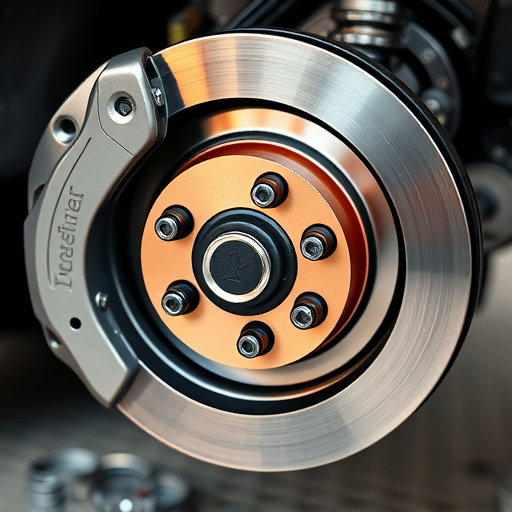The brake master cylinder is a critical part of a vehicle's braking system and plays an even more significant role in modern cars with Anti-lock Braking Systems (ABS), preventing wheel lockup during emergency stops. Upgrading or replacing it, especially when installing high-performance modifications, requires careful consideration for optimal vehicle control and safety. Compatibility with the ABS, correct brake fluid type, and suspension components like coilover kits are crucial to ensure safe and effective braking.
“Unraveling the intricate relationship between the brake master cylinder (BMC) and Anti-lock Braking System (ABS) is vital for ensuring safe and efficient vehicle braking. This article guides you through the essential components of a BMC, its symbiotic connection with ABS, and critical factors for seamless integration. By understanding these dynamics, drivers and mechanics alike can ensure optimal brake performance, enhancing road safety and confirming that every stop is controlled and precise.”
- Understanding Brake Master Cylinder Function and Role
- What is the ABS System and How Does it Interact with the Brake Master Cylinder?
- Ensuring Compatibility: Key Factors to Consider for Brake Master Cylinder and ABS System Integration
Understanding Brake Master Cylinder Function and Role
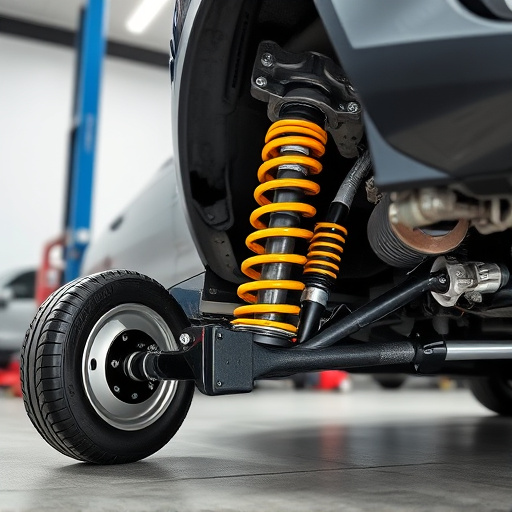
The brake master cylinder is a vital component within a vehicle’s braking system, responsible for generating the force that applies pressure to the brakes. It acts as the primary source of power, operating through a hydraulic mechanism to ensure each wheel receives the necessary force during deceleration. This cylinder is particularly crucial in modern vehicles, especially those equipped with Anti-lock Braking Systems (ABS). By controlling the braking force, it prevents wheels from locking up during emergency stops, enhancing vehicle performance and stability.
Understanding how the brake master cylinder functions is essential when considering upgrades or replacements for optimal vehicle performance. For instance, a high-performance exhaust system may require enhanced braking capabilities to manage increased vehicle speed and weight. Thus, choosing compatible brake components, including the master cylinder, can significantly impact overall vehicle control and safety.
What is the ABS System and How Does it Interact with the Brake Master Cylinder?
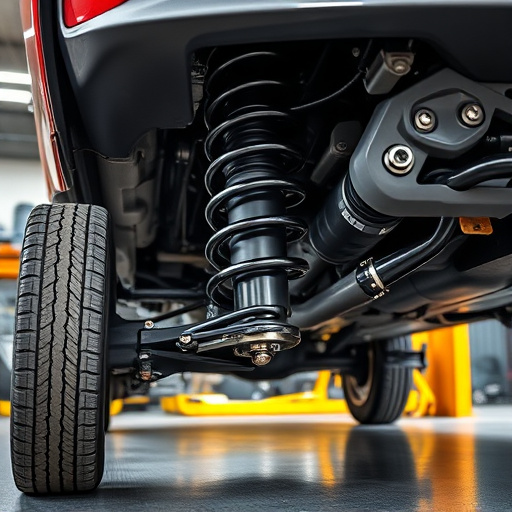
The Anti-lock Braking System (ABS) is a critical safety feature found in modern vehicles, designed to prevent wheels from locking up during hard braking events. This system plays a pivotal role in enhancing vehicle control and reducing skid potential, thereby improving overall braking performance. The ABS works by rapidly detecting wheel lockup and modulating brake pressure to maintain grip, allowing the driver to steer effectively.
At the heart of this system’s functionality is its seamless interaction with the brake master cylinder. When the driver applies the brakes, the master cylinder activates, pressurizing the hydraulic fluid within the brake lines. The ABS, in turn, monitors wheel speed signals and can actively intervene by pulsing the brakes to prevent individual wheels from locking up. This interaction between the master cylinder and ABS ensures a more precise and controlled braking experience, especially under extreme conditions, enhancing safety on the road.
Ensuring Compatibility: Key Factors to Consider for Brake Master Cylinder and ABS System Integration
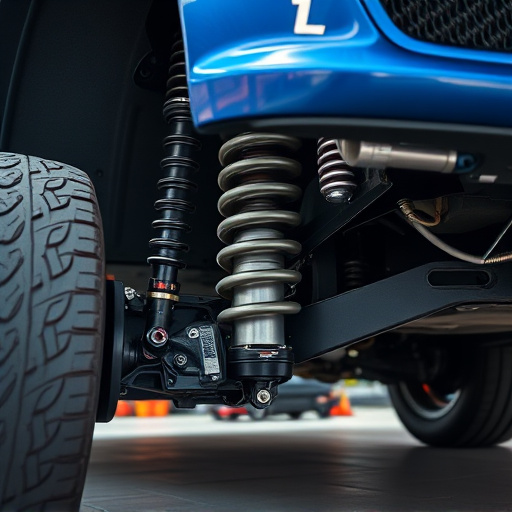
When integrating a new brake master cylinder with an existing Anti-Lock Braking System (ABS), ensuring compatibility is paramount for safe and effective braking performance. Several key factors come into play, demanding careful consideration from automotive professionals. Primarily, the physical dimensions and thread sizes of the brake master cylinder must align perfectly with the vehicle’s original equipment or any aftermarket upgrades, such as coilover kits. This guarantees a seamless fit, avoiding potential compatibility issues that could compromise the ABS’ ability to sense and correct wheel lockup during emergency stops.
Moreover, the brake fluid compatibility cannot be overlooked. Different brake master cylinders may require specific types of brake fluid, which can affect the overall performance of the ABS system. Using the incorrect type of fluid can lead to inefficiencies or even damage to sensitive ABS components, including the ABS pump and sensors. Therefore, cross-referencing the recommended brake fluid with the master cylinder’s specifications is crucial for a successful integration. Other considerations include the compatibility of suspension components, especially when upgrading to high-performance brake rotors, ensuring that all parts work harmoniously together for optimal braking control.
When integrating a new brake master cylinder with an existing Anti-lock Braking System (ABS), ensuring compatibility is paramount. By understanding the crucial role of the brake master cylinder and the ABS system’s interaction, along with considering key factors like vehicle make, model, and year, you can guarantee optimal performance and safety. Proper integration ensures a seamless braking experience, enhancing vehicle control and passenger confidence on the road.







